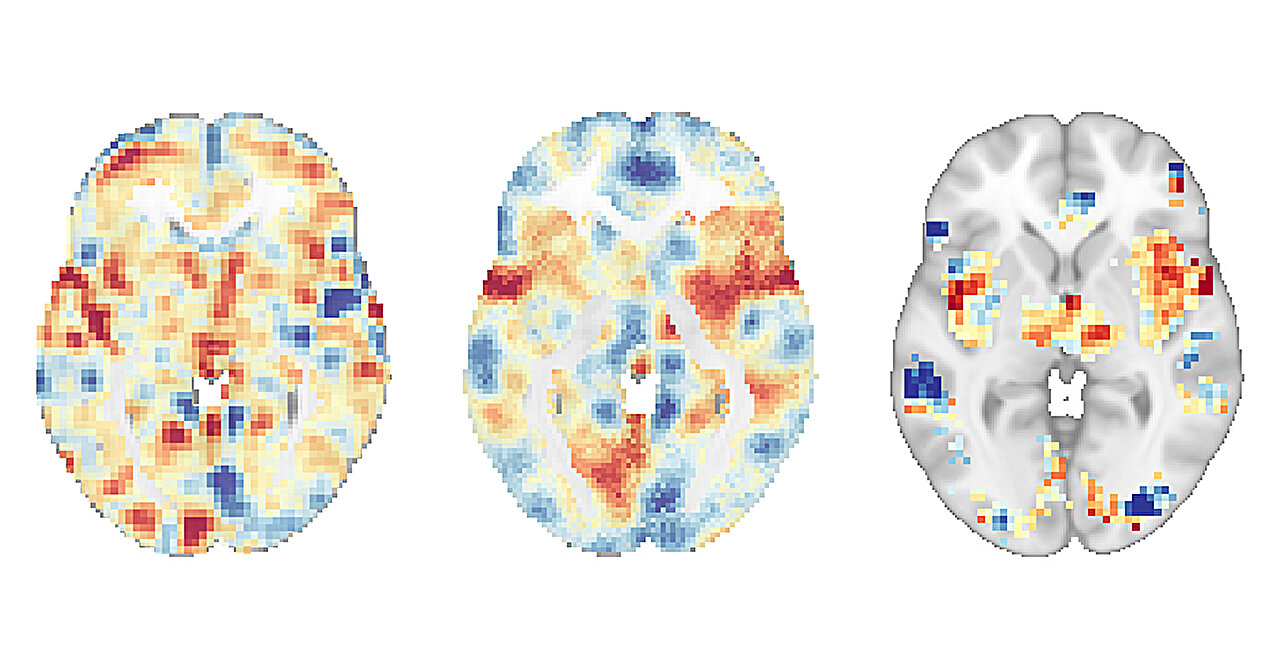
Overdose rates in Colombia involving illegal opioids, hallucinogens, stimulants and sedative psychotropic medication increased greatly during 2018–2021, mainly caused by overdoses in young women, according to a study at Columbia University Mailman School of Public Health. Drug overdoses increased by 356% from 8.5 to 40.5 per 100,000 individuals from 2010 to 2021. The findings are published in the American Journal of Public Health.
The study is the first to describe national trends in overdose rates including prescribed and illegal substances and alcohol, across different population groups in Colombia.
“The pandemic in particular contributed to higher levels of distress and mental health problems including depression and anxiety in Colombia, similar to other countries,” said Silvia Martins, MD, Ph.D., professor of Epidemiology at Columbia Mailman School and senior author of the study. “Higher prescription rates, and use of tranquilizers/sedatives/antidepressants in Colombia, during the pandemic, due to experiences of higher levels of anxiety, sadness, and difficulties sleeping, may have led to the overuse of drugs. This was more pronounced among women.”
Nearly 14% of people using substances in 2020 met the criteria for a substance use-related disorder.
Based on results from the 2019 National Survey on Substance Use (CNSSU, Estudio Nacional de Consumo de Sustancias Psicoactivas de Colombia, 2019), the researchers found that substance use increased for most substances in the country in the past three decades, with only a small reduction in the prevalence of alcohol, cannabis, and cocaine use in 2019 compared to 2013.
To examine trends in overdose rates from 2010 to 2021, by type of substance, sex, age-group and intent as well as sociodemographic characteristics, the researchers also used data from SIVIGILA —a national public health surveillance system, from 2010 to 2021, a mandatory notification system to determine health events.
The SIVIGILA data included 127,087 substance-use-related overdoses among people ages 10 and older, of which 54% were males, 75% were persons aged 10–34, 72% had at least some high school education or higher, and 51% and 38% respectively were individuals who either contributed to the health system or who were subsidized.
Information was used to group overdoses by substance type in the following categories: hallucinogens; stimulants (including prescription stimulants, cocaine, and methamphetamine); opioids (including prescription opioids, heroin, methadone and buprenorphine); inhalants; tranquilizers, sedatives and antidepressants; as well as cannabis.
The researchers identified the most frequent combinations of multiple substances across the study period and the number of overdoses caused by these combinations.
The most frequently reported substances were tranquilizers/sedatives/antidepressants (43%), cannabis (16%), stimulants (16%), alcohol (16%), and opioids (6%). The majority (95%) of stimulant overdoses were due to cocaine, while opioid overdoses were mostly due to prescription opioids (74%).
Overdose rates involving tranquilizers/sedatives/antidepressants and those involving opioids increased over the study period, growing at a faster rate after 2018. Drug overdoses involving cannabis and stimulants also increased until 2017 but decreased afterwards. Among women, the sharpest increase in overdose rates was for tranquilizers/sedatives/antidepressants, which increased faster from 2018 to 2021 (from 12 to 33 per 100,000, respectively).
“More research on risk factors, motivations for use, and sources of these medications is needed to improve harm reduction interventions and policies,” observed Julian Santaella-Tenorio, DrPH, professor at Universidad Pontificia Javeriana in Cali, Colombia, former Columbia DrPH student, and first author of the study.
“We also believe that suicide risk screening and access to complementary mental health care addressing suicidal ideation or behavior may improve health outcomes among individuals being prescribed these medications and those having recently experienced an overdose.”
“Addressing substance use challenges, including the emergence of novel drugs and of polysubstance use, is a complex task that requires a good understanding of the magnitude of the problem and the burden it imposes on populations and the health system,” said Martins and Santaella-Tenorio.
It is possible that the decrease in the prevalence of cannabis and stimulants use in younger populations can be attributed to mobility restrictions during the COVID pandemic; reductions in these overdose rates may also be related to changes in consumption patterns that are less likely to result in overdose, noted the researchers.
According to Martins and Santaella, survey data likely underestimates the prevalence of drug use given that the CNSSU is a household survey that excludes populations with high-risk of drug use—i.e. homeless and incarcerated populations. In addition, overdoses not treated at health facilities are not included in the SIVIGILA data.
Over the past three decades, Colombia has transitioned to a human rights and public health-approach regulatory framework regarding substance use, an approach that is aligned with The United Nations Office on Drugs and Crime guidelines.
The findings suggest that additional prevention efforts are necessary, including harm reduction and community-based programs, and better access to treatment services that can reduce the risk of overdose in the population.
“Health surveillance systems are an important tool that can guide overdose prevention efforts in countries with limited data resources. While this particular study focuses on Colombia, their surveillance systems methodology can generate information for public health prevention efforts in other resource-poor countries,” noted Martins.
More information:
Trends in nonfatal overdose rates due to alcohol, prescription and illegal substances in Colombia, 2010 to 2021, American Journal of Public Health (2024). DOI: 10.2105/AJPH.2024.307786
Citation:
Uptick in drug overdose rates widely reported in Colombia, especially among young women (2024, September 12)
retrieved 13 September 2024
from https://medicalxpress.com/news/2024-09-uptick-drug-overdose-widely-colombia.html
This document is subject to copyright. Apart from any fair dealing for the purpose of private study or research, no
part may be reproduced without the written permission. The content is provided for information purposes only.


